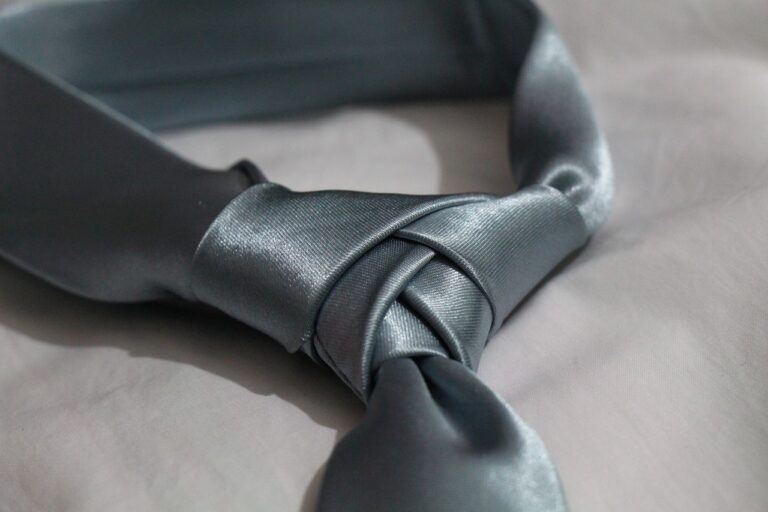The Role of Fashion in Subverting Gender Stereotypes
Throughout history, society has imposed rigid gender norms in fashion, dictating what is considered appropriate for males and females to wear. In the past, these norms were strictly upheld, with distinct styles and garments assigned to each gender. For example, men were expected to wear tailored suits and women were confined to wearing dresses and skirts, reflecting the social expectations of masculinity and femininity.
However, as time progressed, the fashion industry began to challenge these traditional gender norms, leading to a more fluid and inclusive approach to clothing. Designers started to blur the lines between male and female attire, introducing unisex collections that broke away from the constraints of gendered fashion. This shift towards gender-neutral clothing not only provided individuals with more freedom in self-expression but also paved the way for a more diverse and inclusive fashion landscape.
Breaking Down Traditional Gendered Fashion Expectations
Traditional gendered fashion expectations have long dictated what is considered appropriate attire for individuals based on their gender. Men are often expected to wear suits in professional settings, while women are encouraged to don dresses or skirts. These binary distinctions between masculine and feminine clothing have been deeply ingrained in society for centuries, reinforcing the idea that clothing is a reflection of one’s gender identity.
However, as society progresses and becomes more inclusive, the boundaries between traditional gendered fashion expectations are starting to blur. Fashion designers are challenging these age-old norms by creating clothing lines that defy conventional gender stereotypes. By incorporating elements typically associated with the opposite gender in their collections, these designers are sparking conversations about the fluidity of gender expression and reshaping the way we perceive fashion.
How Fashion Designers Challenge Gender Stereotypes Through Their Collections
Fashion designers play a pivotal role in challenging gender stereotypes through their collections. By breaking away from traditional norms and expectations, they pave the way for more inclusive and diverse representations of gender in the fashion industry. Through their innovative designs and creative interpretations, these designers are able to push boundaries and redefine what is considered “masculine” or “feminine.”
Many designers are incorporating elements from both sides of the gender spectrum in their collections, blurring the lines between traditional male and female aesthetics. This progressive approach not only challenges societal norms but also empowers individuals to express themselves authentically through fashion. By embracing fluidity and inclusivity, these designers are at the forefront of creating a more accepting and open-minded industry that celebrates diversity in all its forms.
– Fashion designers challenge gender stereotypes through their collections
– They break away from traditional norms and expectations
– Designers pave the way for more inclusive and diverse representations of gender in fashion
– Many designers incorporate elements from both sides of the gender spectrum
– This blurs the lines between traditional male and female aesthetics
– The progressive approach empowers individuals to express themselves authentically through fashion
– Embracing fluidity and inclusivity, designers create a more accepting industry that celebrates diversity
What is the historical evolution of gender norms in fashion?
Historically, fashion has been heavily influenced by societal norms and expectations surrounding gender. For example, in the past, women were expected to wear dresses and skirts, while men were expected to wear suits and pants.
How do fashion designers challenge traditional gendered fashion expectations?
Fashion designers challenge traditional gendered fashion expectations by creating collections that blur the lines between what is considered masculine and feminine. This can include using gender-neutral silhouettes, fabrics, and colors in their designs.
How do fashion designers challenge gender stereotypes through their collections?
Fashion designers challenge gender stereotypes through their collections by presenting a more diverse and inclusive range of styles that can be worn by individuals of any gender. By showcasing a variety of options, designers help to break down rigid gender norms in fashion.







